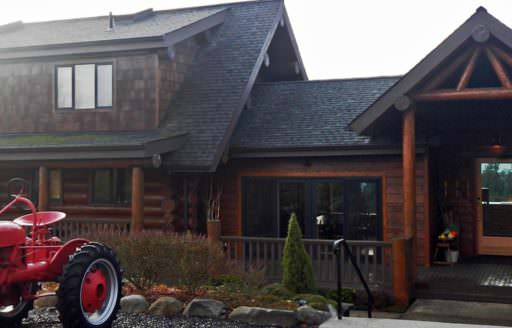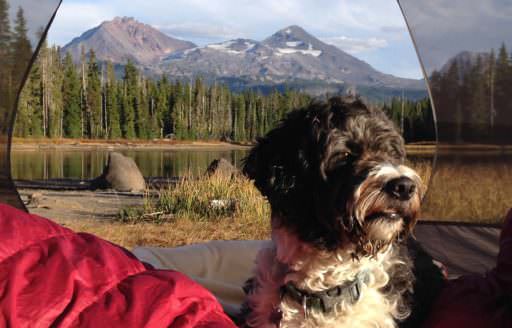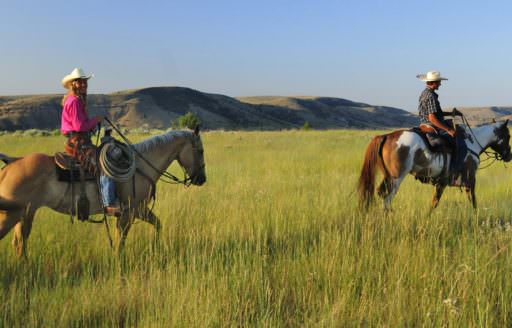Andrea Kreiner has devoted her life to the outdoors. She spent decades doing work on climate change and sustainability initiatives before moving to Oregon with her family five years ago, shifting gears to focus on what she truly loves the most: helping people connect with nature. She started Red Cedar Forest Therapy to help families, couples and groups of all ages immerse themselves in the natural world in a meaningful way — and find better health, joy, tranquility and inspiration while they’re at it. She’s one of about eight guides in Portland certified by the Association of Nature and Forest Therapy, plus more across the state of Oregon. Here are five questions with Andrea about forest therapy in Oregon.
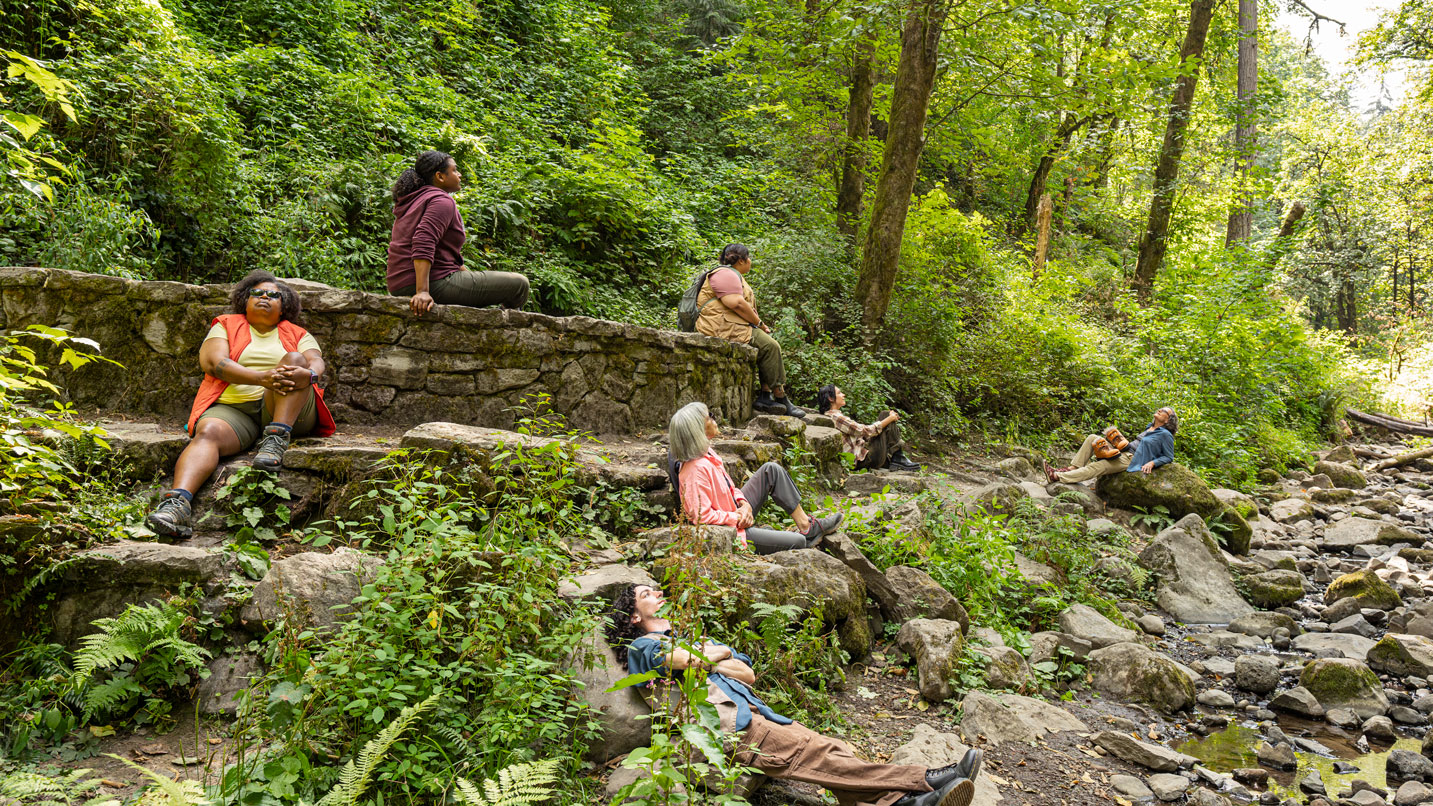
How do you define “forest therapy” exactly, and why is it something worth trying?
An ancient practice called shinrinyoku in Japan, forest bathing — also known as forest therapy — is the practice of spending time in the forest to enhance our physical and mental health, wellness and happiness. Physically, being in the forest increases our immunity, decreases our levels of cortisol, decreases our heart rate and blood pressure and increases our creativity. Mentally, it helps us get out of our head and into our senses. Taking that break out of your day to go stare at the trees or the sky actually makes us more productive.
Are you a trained therapist?
No, we call it therapy but I’m not the therapist, the forest is the therapist. Trees are very wise — they give us the support we need. I’m just there to create the safe space so that can happen.

So you take people into the forest … what do people do on your walks and how do you get them to engage?
I often use the prompt “What are you noticing,” which opens people to get out of themselves and deeper into themselves at the same time. They can notice things in the world around them or deeper inside them. It changes throughout our time together. They may start out with a nature report — “I see three birds and two trees,” and by the end they might say something more like “I’m noticing I’m really calm, and there’s a gentle breeze through the air.” I love all responses, but my favorite response I’ve heard was: “I noticed I’m feeling connected for the first time in years.” It’s amazing.
Where do you lead walks in Oregon?
I do private bookings and also a 2-hour public walk each month through the Bird Alliance of Oregon, in their wildlife sanctuary (in Northwest Portland). They have old-growth trees, water and through the winter the creek that runs through is so full of water, when we sit next to it it’s hard to hear anything else. It’s a wonderful place. We keep moving, but moving almost as slow as possible because we want to notice what’s in motion. Winter is actually my favorite time to lead a tour. We always end with a nature tea (made from the nourishing spring tips of Douglas fir) — it helps everyone integrate what they’ve just experienced and ease back into the human realm.
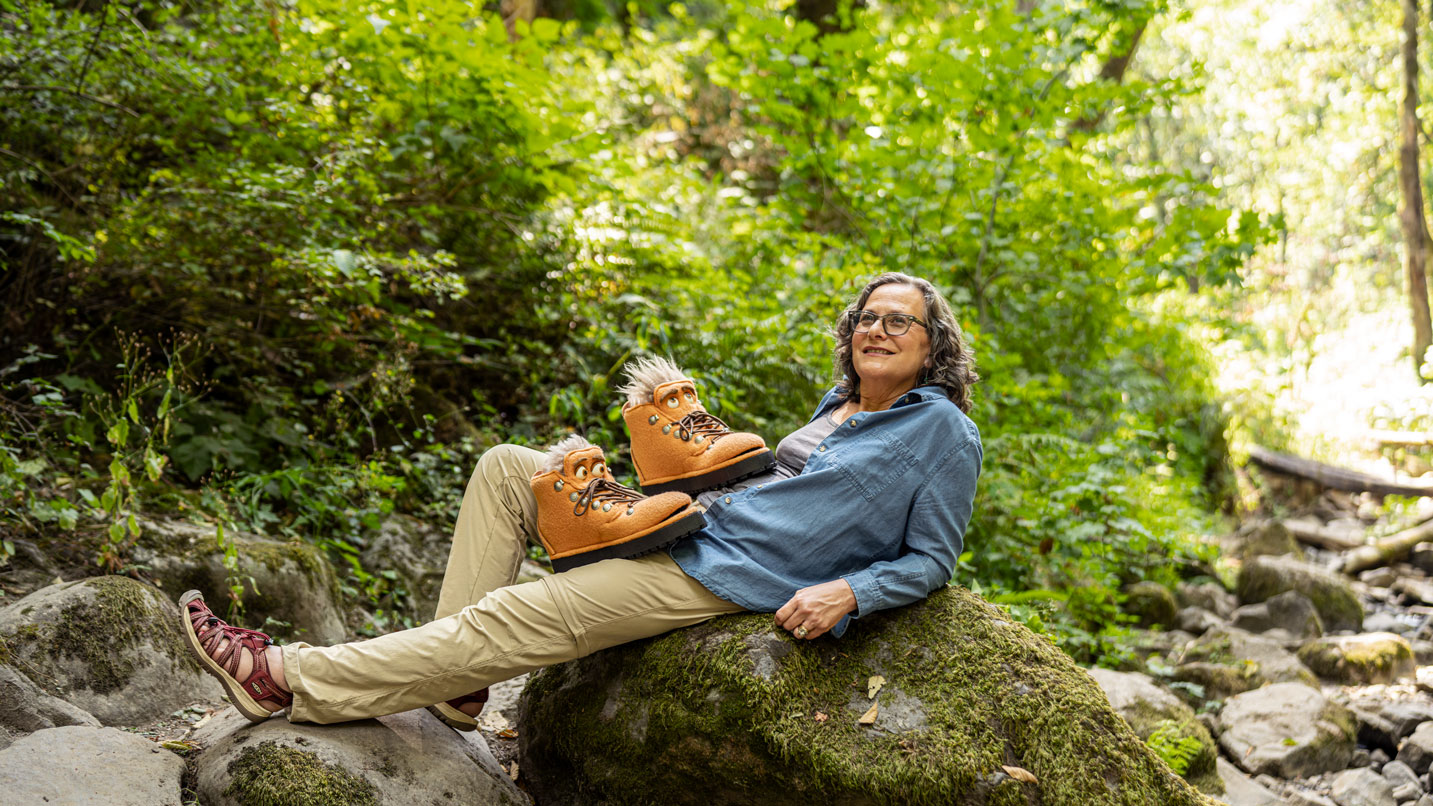
If people can’t take one of your walks, what are some ways they can enjoy a similar experience on their own, wherever they live?
I also offer walks on zoom, where the person is sitting next to a houseplant or window where they can see outside. They don’t get the phytoncides — the natural compounds trees emit, with immunity-boosting qualities — but they get all the benefits of getting out of their thinking brain. If someone wants a taste of a forest bathing experience on their own they can go outside and sit in a comfortable place, maybe under a tree. They can slowly focus on each of their senses, focus on how it is to breathe, take deep breaths, spend time looking around you. The longer you’re there, birds will start coming closer. You become part of the landscape. That’s a way to restore your own balance and attention.



